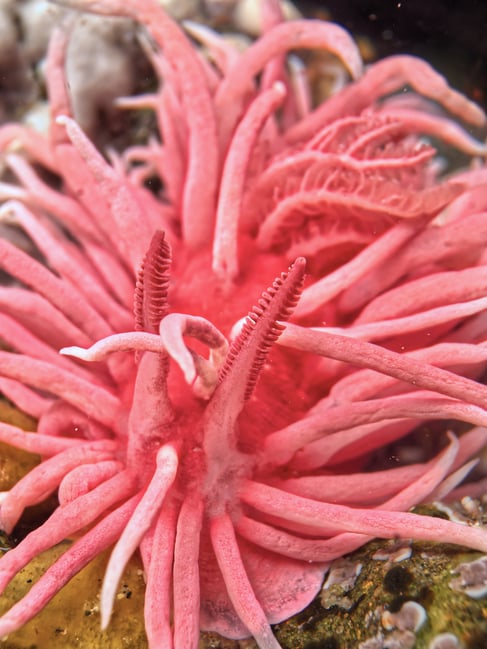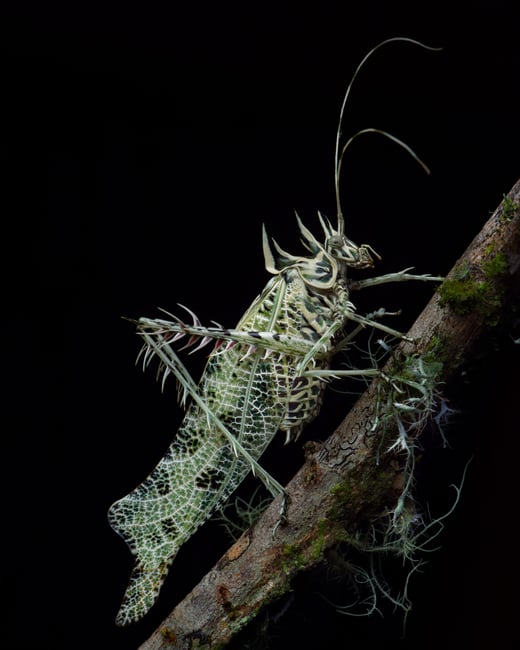هل سيكون اليوم هو اليوم الذي أرى فيه أسد الجبل؟ أم سأجد بعض المخلوقات المائية لتصويرها بدلاً من ذلك؟ حتى لو كان في ذهني نوع واحد معين، لا أعرف أبدًا على وجه اليقين ما سأراه عندما تطأ قدمي الطبيعة. وبدلاً من ذلك، أحاول أن أكون مستعدًا لتصوير أي موضوع قد أواجهه. ومع ذلك، فإن ذلك يتطلب تخطيطًا دقيقًا باستخدام معدات الكاميرا الخاصة بي. اليوم، دعونا نلقي نظرة على حقيبتي لنرى كيف يمكنني تحقيق أقصى استفادة من الميزانية المحدودة لأكون مستعدًا لأي شيء.
جدول المحتويات
نواياي كمصور الحقيبة الكاميرا العدساتPanasonic G Vario 100-300mm f/4-5.6 telephotoOlympus M.zuiko 60mm f/2.8 MacroOlympus M.zuiko 9-18mm (RIP)Laowa 15mm f4.0 زاوية واسعة ماكروLaowa 24mm f/14 2X ماكرو التحقيق في معدات الإضاءة
ماذا يوجد في حقيبة الكاميرا الخاصة بي؟ - نيكولاس هيس
What’s in my Camera Bag? Nicholas Hess
Will today be the day I see a mountain lion? Or will I find some aquatic creature to photograph instead? Even if I have one particular species in mind, I never know for sure what I’ll see when I set foot into nature. Instead, I try to be prepared to photograph any subject I may encounter. However, that requires careful planning with my camera gear. Today, let’s take a dive into my bag to see how I make the most of a limited budget to make myself ready for anything.
Table of Contents
جدول المحتويات
نواياي كمصور الحقيبة الكاميرا العدساتPanasonic G Vario 100-300mm f/4-5.6 telephotoOlympus M.zuiko 60mm f/2.8 MacroOlympus M.zuiko 9-18mm (RIP)Laowa 15mm f4.0 زاوية واسعة ماكروLaowa 24mm f/14 2X ماكرو التحقيق في معدات الإضاءة
ماذا يوجد في حقيبة الكاميرا الخاصة بي؟ - نيكولاس هيس
What’s in my Camera Bag? Nicholas Hess
Will today be the day I see a mountain lion? Or will I find some aquatic creature to photograph instead? Even if I have one particular species in mind, I never know for sure what I’ll see when I set foot into nature. Instead, I try to be prepared to photograph any subject I may encounter. However, that requires careful planning with my camera gear. Today, let’s take a dive into my bag to see how I make the most of a limited budget to make myself ready for anything.
Table of Contents











تعليق